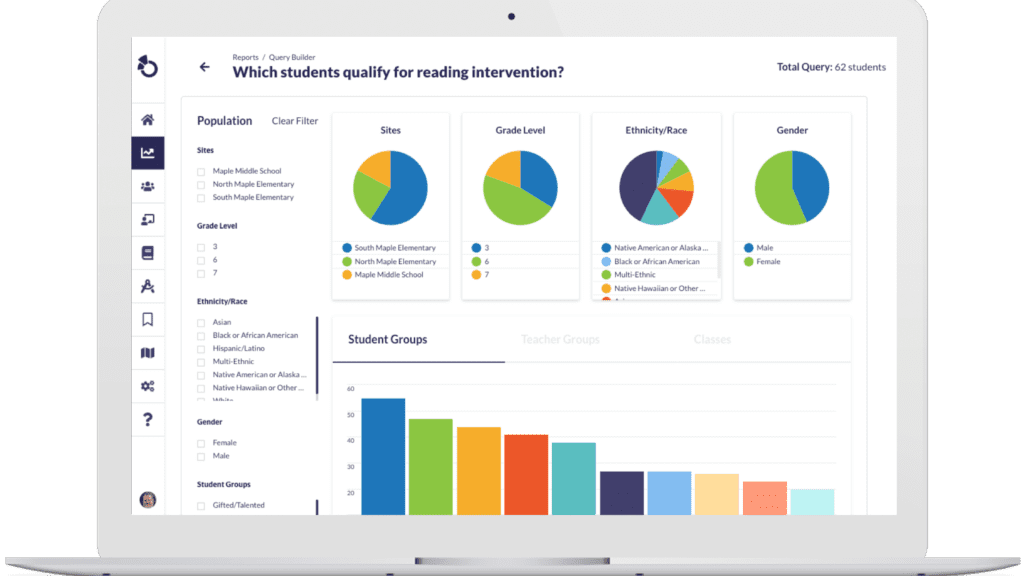Evaluating Intervention Impact: Closing the Reading Gap for Struggling Students
By: David Specht
In our commitment to meet the diverse learning needs of all students, educators frequently implement intervention programs to assist those who might be struggling. These programs, particularly those focused on foundational skills like reading, play a crucial role in ensuring that every student has the chance to excel. However, a fundamental question lingers: "Are my students who are receiving reading intervention beginning to close the gap with their peers?"
Reading Interventions and Their Importance
Reading skills are essential to every child's academic success. They are the foundation on which all other learning builds. When a student struggles with reading, it can impact their progress across various subjects. For this reason, reading intervention programs are often a key strategy for educators.
However, merely implementing these programs isn't enough. It's vital to evaluate their effectiveness continually. By doing so, educators can determine whether their reading intervention strategies are helping struggling students catch up to their peers and make necessary adjustments if this isn't the case.

Assessing the Impact of Reading Interventions
Evaluating the effectiveness of reading interventions involves tracking students' reading skills and performance over time. This includes closely monitoring key indicators such as reading fluency, comprehension levels, vocabulary development, and overall performance in subjects that require strong reading skills.
Assessing these indicators allows educators to gauge the progress of students receiving reading interventions compared to their peers. It's essential to keep in mind that improvement is often gradual and that patience and consistency are crucial components of successful intervention strategies.
Otus: A Comprehensive Solution for Monitoring Intervention Impact
Here’s where Otus comes into play. Otus helps answer your questions about the success of reading intervention by providing one place to visualize all student data. This ensures that you have clear insights to confidently make decisions for your district.
With Otus, evaluating the impact of reading interventions becomes a streamlined and simplified process. Otus enables educators to track individual student progress over time, focusing on key reading indicators. This longitudinal analysis allows educators to monitor how students receiving reading interventions are improving compared to their peers.
If your data reveals the need for support beyond intervention, Otus offers tools for creating progress monitoring plans that can be used to address a multitude of personalized goals. Because progress monitoring plans are visible to all stakeholders, including students and families, Otus helps everyone stay up-to-date on progress as it occurs in real-time.

With Otus Plans, educators can identify specific areas where students need support and chart a personalized path forward. From academic to behavior or social-emotional goals, progress monitoring plans in Otus are customizable and enable all stakeholders to see student growth as it happens.
Monitoring the impact of reading interventions on student outcomes is a crucial aspect of promoting educational equity. Watch the video below to learn how you can answer the question “Are my students who are receiving reading intervention beginning to close the gap with their peers?” using Otus.
Related Resources
Request a demo!
See exactly how Otus can help your school accelerate student growth and improve student outcomes – all while saving educators time.





